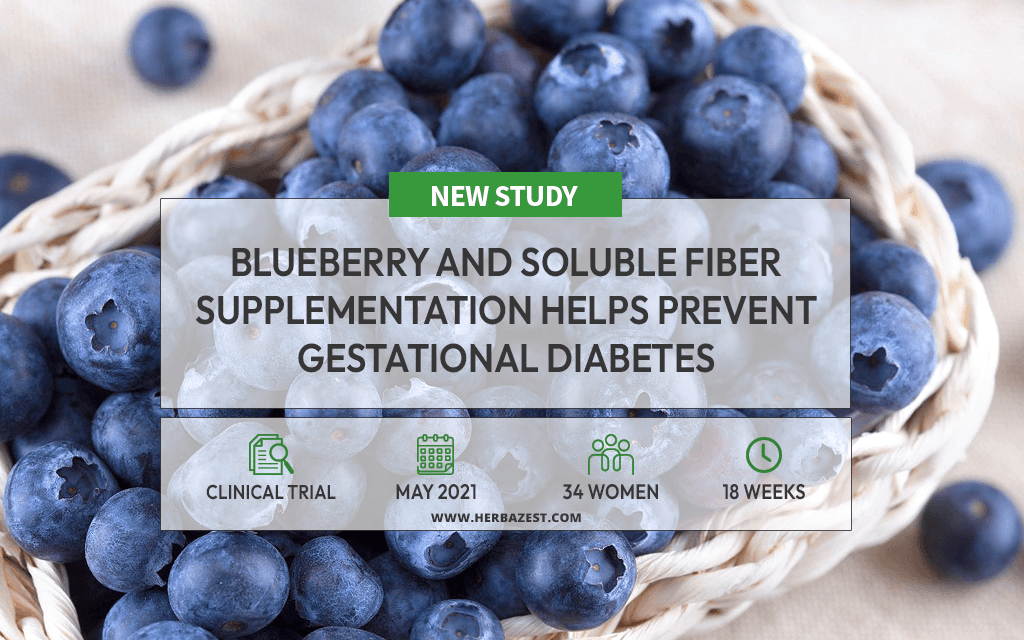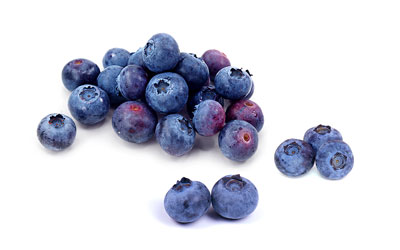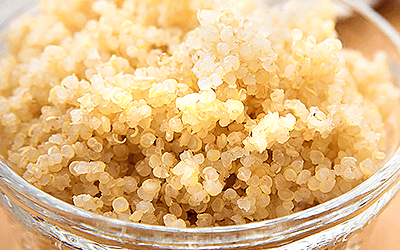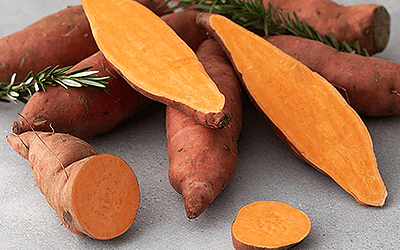Gestational diabetes mellitus (GDM) is one of the most common pregnancy complications, affecting up to a quarter of all pregnancies worldwide.1 It has been associated with negative maternal and infant outcomes.
Obesity and poor dietary intake are known risk factors for GDM, making dietary interventions a potential strategy for prevention. Recent research has explored the efficacy of dietary polyphenols and fiber in mitigating this risk. In this clinical trial, American researchers evaluated the effects of consuming blueberries and soluble fiber on GDM risk.
The Study
A randomized controlled trial was conducted involving 34 women with a mean age of 27 years and a BMI of 35.5 kg/m², indicating obesity, who were at high risk of GDM. Participants were recruited in early pregnancy (before 20 weeks gestation) and assigned to either an intervention group or a control group.
The intervention group consumed 280 grams of whole blueberries and 12 grams of soluble fiber daily for 18 weeks, while the control group received standard prenatal care.
Both groups were given regular nutrition education and maintained 24-hour food recalls throughout the study. Data on anthropometrics, blood pressure, and biochemical markers were collected to study the effects of blueberries and soluble fiber on gestational weight gain, glycemic control, and inflammation levels.
The Results
The study found a significant difference in maternal weight gain between the groups. Women in the intervention group gained an average of 6.8 kg, whereas those in the control group gained 12.0 kg.
Women in the intervention group also had improved glycemic control, with lower 1-hour postprandial blood glucose levels on the glucose challenge test and lower HbA1c levels than those in the control group.
Researchers also observed lower levels of C-reactive protein (CRP) in the intervention group, with significant reductions by the end of the study. CRP is a marker of inflammation, whose levels are significantly elevated in patients with gestational diabetes.
While there were no significant changes in conventional lipids (e.g., total cholesterol, LDL, HDL, or triglycerides), concentrations of total and small VLDL particles as well as small LDL particles were lower in the intervention group.
Furthermore, the intervention group had a higher number of vaginal deliveries and fewer cesarean deliveries compared to the control group.
What Does this Mean?
The findings from this study suggest that consuming blueberries and soluble fiber can help prevent gestational diabetes. Adding them to a pregnancy diet could be an effective strategy for managing weight and glucose levels during pregnancy, thus reducing the risk of complications.
Blueberries' high polyphenol and fiber content is associated with improved insulin sensitivity and reduced risk of diabetes, while soluble fiber helps in controlling blood glucose levels and reducing appetite. This combined effect likely contributes to the observed improvements in weight gain and glycemic control.
Additionally, this dietary intervention may lower inflammation and improve lipid profiles, which are crucial for reducing the risk of GDM complications and potentially improving overall maternal and fetal health.
Besides blueberries, other nutrient-rich foods during pregnancy include those rich in complex carbs and protein, like beans, chickpeas, and lentils.
Sources
- The Journal of Nutrition, Dietary Blueberry and Soluble Fiber Supplementation Reduces Risk of Gestational Diabetes in Women with Obesity in a Randomized Controlled Trial, 2021
Footnotes:
- Biomedicine & Pharmacotherapy. (2021). Gestational diabetes mellitus – A metabolic and reproductive disorder. Retrieved August 6, 2024, from https://www.sciencedirect.com/science/article/pii/S0753332221009677





